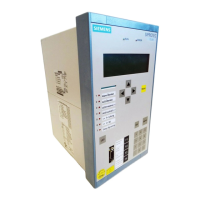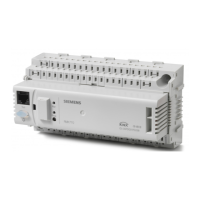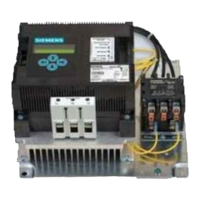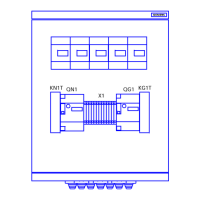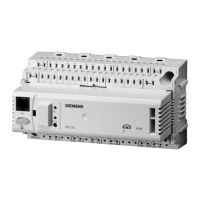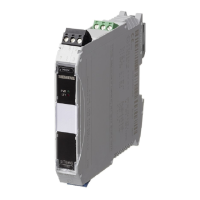7SR224 Argus Commissioning & Maintenance Guide
©2010 Siemens Protection Devices Limited Chapter 6 Page 40 of 73
2.11 Thermal Overload (49)
7SR224
46
BC
46
NPS
(x2)
37
(x2)
49
50
BF
51V
V
L1
(V
A
)
V
L2
(V
B
)
V
L3
(V
C
)
V
4
(V
X
)
I
L1
(I
A
)
81
HBL
2
37
(x2)
49
50
BF
51V
I
L2
(I
B
)
81
HBL
2
37
(x2)
49
50
BF
51V
I
L3
(I
C
)
81
HBL
2
60
CTS
60
VTS
I
4
(I
G
/I
SEF
)
74
TCS
(x3)
NOTE: The use of some
functions are mutually exclusive
67/
50
(x4)
67/
51
(x4)
67/
50
(x4)
67/
50
(x4)
67/
51
(x4)
67/
51
(x4)
64
H
27
59
27
59
(x4)
27
59
(x4)
27
59
(x4)
47
(x2)
79
59N
(x2)
Note:
Example shows
Voltage Config =
Van, Vbn, Vcn
81
(x4)
67/
50G
(x4)
67/
51G
(x4)
67/
50S
(x4)
67/
51S
(x4)
27S
59S
27S
59S
27S
59S
Batt
Test
Cap.
Test
Figure 2-12 Thermal Overload
Voltage Inputs: n/a
Current Inputs: I
L1
(I
A
), I
L2
(I
B
), I
L3
(I
C
),
Disable: 51, 50, 37, 50CBF
Map Pickup LED: 49Alarm
The current can be applied from a 3P balanced supply or phase by phase from a 1P supply. Alternatively the 3
phase current inputs can be connected in series and injected simultaneously from a single 1P source.
The Thermal Overload Setting and Time Constant Setting can be considered together to calculate the operating
time for a particular applied current.
The following table lists operate times for a range of Time Constant Settings for an applied current of 2x the
Thermal Overload setting. Ensure that the thermal rating of the relay is not exceeded during this test.
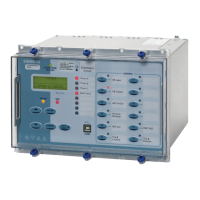
